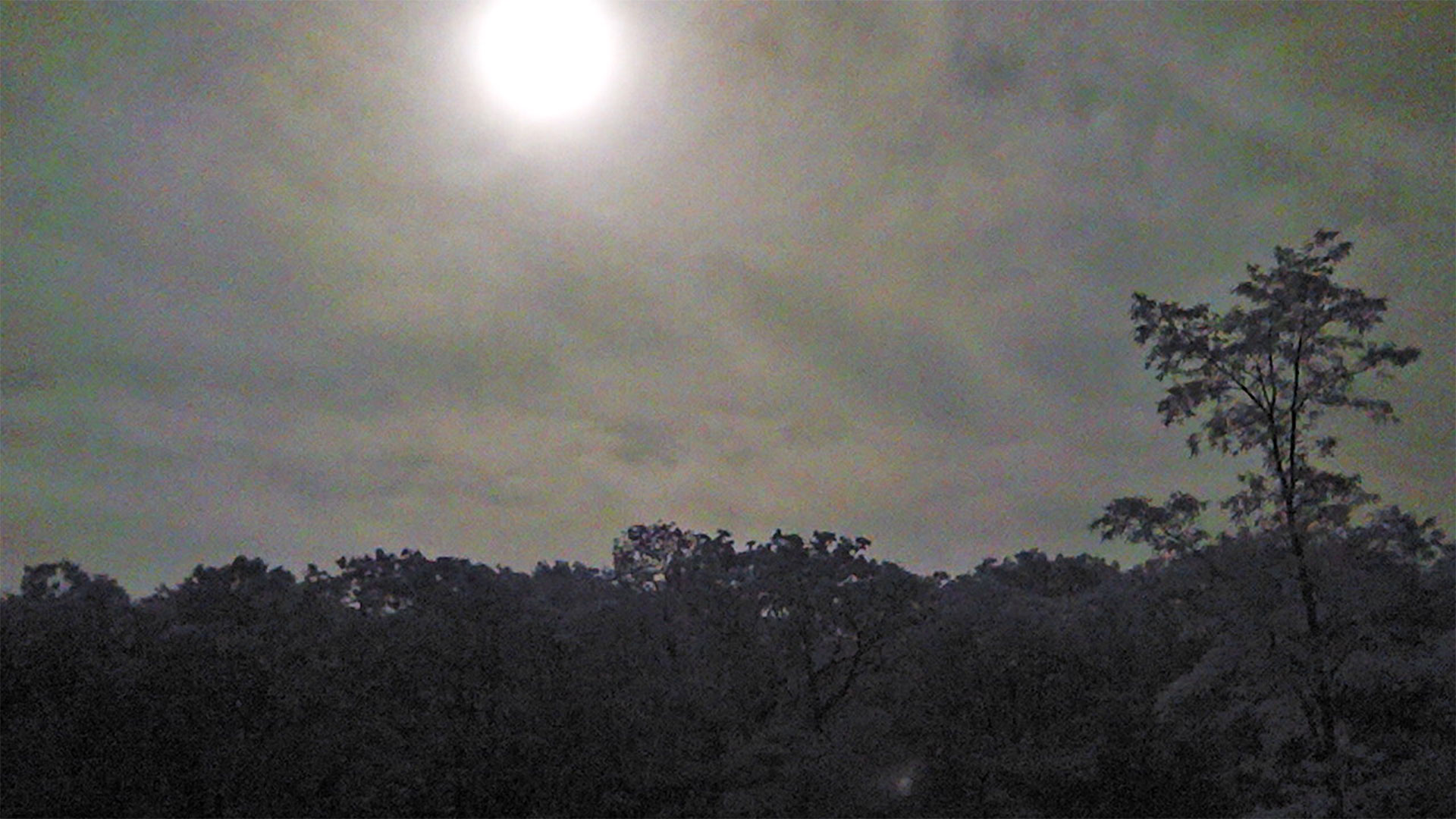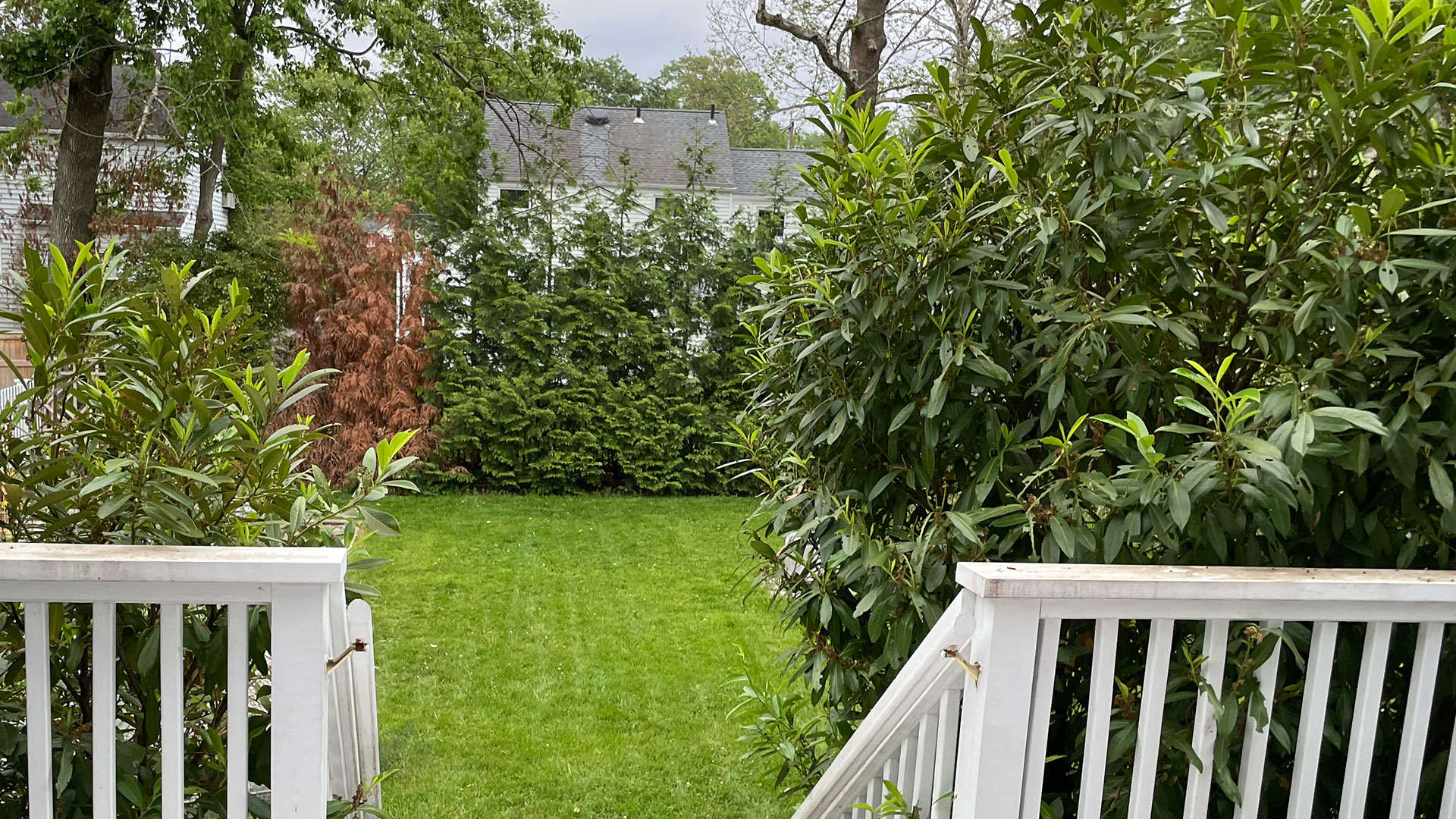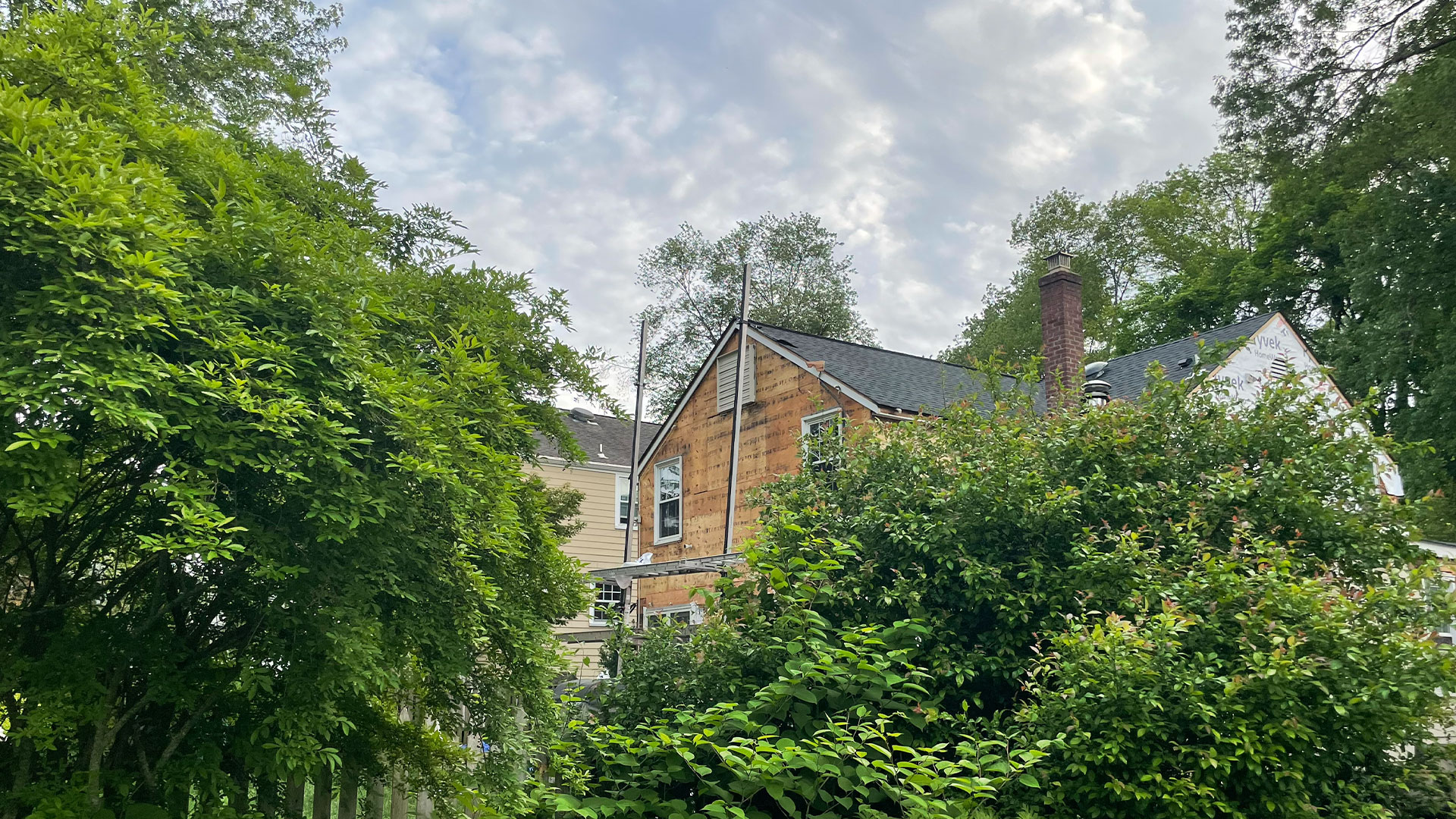The following post comes to Fieldsepulchra courtesy of Game Audio Director, Rob Bridgett. I recently saw Rob tweeting about some recordings he was making around his neighborhood in Vancouver and asked if he might want to post something on the blog. Rob agreed. Here are the fruits of his labor:
Update 9/10/2013: Rob Has released two libraries with content from this post at Rabbit Ears Audio.
I first got my head around the notion of recorded silences through a friend who, at the time worked at the BFI in London, and was receiving requests from someone to access all the recorded ‘minutes of silence’ available from the archives. These would be moments of great weight, respect, and heaviness; loaded with meaning and an often-unbearable sadness. However, these recordings more or less amounted to a complete emptiness in terms of recorded sound, the vague shuffling of an awkward crowd, distant involuntary coughing, birds that did not partake in our notion of historic significance. There was a very interesting idea here – that ‘meaning’ could only be implied on recorded sound, and was not implicit or inherent in any of the recordings themselves. That did not stop the listener from attempting to provide that meaning, and being hungry for a context in which to put these ‘dead’ sounds. The fact that the person collecting these sounds was looking to find the actual recordings, and that only the recordings themselves would suffice, also said a lot about the notion of an ‘aura’ to a recording. To re-contextualize these silences outside of their noisy and verbose parentheses and in context of other silences was also a brilliant idea.
Much later, as I became involved in production audio, and began having to source these kinds of completely empty backgrounds and beds for the sound design elements in cut-scenes, cinematics and in-game background ambience, I found myself doing much of the same kinds of research for suitable, empty backgrounds upon which I could build up realistic sound design. These backgrounds couldn’t of course be ‘empty’ or ‘silent’, they needed to have a ‘tone’ and an ‘aura’ of realism to them, something that the listener could relate to about an ambient space that made the scenes feel real. Traditional sound library research left a lot to be desired, so one Christmas weekend, around 2002 I believe, when the buildings in which I used to work in were completely empty; I started methodically recording the empty spaces that I was familiar with every day.

Now, with a little time on my hands, I have started to document the space in which I live; not only the interior rooms and stairwells in an empty state, but also the exterior streets, building tops, vantage points as far away from people as possible. The main reason is to build up my production library, but I also find this kind of recording challenging and interesting. As a father of two, there is nothing finer for me to be in a completely quiet room in which there is an absolute minimum of activity! On a technical note, these recording are fairly difficult to document in terms of search metadata, and I find myself often trying to describe the size of room, ‘weight’ of AC, and even if the room has a dark or light tone to it.

As mentioned, these recordings are incredibly useful for production ambience, and I have found myself amassing a considerable library of both interior and now exterior ‘empty’ spaces. It has become an ongoing obsession; whenever I travel I find myself grabbing 3 – 5 minutes of whatever hotel room or space I find myself in. Every room has a different resonance, whether it is provided by a filtered exterior road, or proximity to air conditioning units within the guts of the building itself, but each room has different sounds at different times of the day. Different frequencies kick in at different times, often resonances occur that are not very pleasant, for example when two slightly out of phases AC units compete and create an unpleasant rhythmic effect. Every room also has a different way of filtering out sounds from neighboring rooms or spaces, or the materials used in construction have unique ways of conveying sounds occurring in other parts of the building.
One thing is apparent – no matter how clean and controlled our environments become visually and in terms of temperature management, the more negative the effect on the sonic environment. A lot of the meeting spaces I used to use for work are nearly impossible to hear people speaking in because of the sheer volume, and the vast frequency spectrum of the AC units in them. It is a fascinating contradiction to the way offices and workspaces ‘present’ themselves as places of positive human interaction.
Listening back to many of these recordings, it is clear they are still recordings of ‘something’, there is activity that just about be heard in nearly all of these recordings. What that barely perceptible activity is, I usually have no idea, and even though it could just be traffic, or construction, there is a human narrative element behind everything that you hear. In the same way that those historical ‘minutes of silence’ represented a very significant moment, these muted, micro sounds, bear a strange human significance beyond the recording that we will never understand.
These four recordings, though not thoroughly edited, are recent and collected from the building in which I live in Vancouver.
These are some samples from my personal production library of recorded office rooms dating back to 2002.
Recording Geek Note: My current portable rig for roomtone recordings. Sony PCM D-50 with MM-HLSC-1 Sennhieser driven cardioid stereo microphones. I also use this for low-wind exterior recordings, but switch to the D50 onboard mics for higher wind using the Rycote mini.

Leave a Reply

Mountain Lake Biological Station

Bird Deck

A library of quiet interiors and exteriors would be very popular. There is surprisingly little available in the commercial libraries. I’m constantly looking for subtle and subdued backgrounds – things like crowd presences without voices, rural atmospheres with very few birds, or city ambiences without close traffic. A lot of the effects that exist in these categories are too washy and short on detail. The tones you have here have character and aren’t static, like most room tones out there. If you ever put a collection of these types of sounds together, I’ll be first in line!
Thanks Des,
It is something I’ve thought about, and am looking at putting a full collection out early next year… It is a big library and I definitely want to take the time to get everything right.
very nice piece Rob!
Beautiful atmos
I would agree, ‘silence’ can add so much to a piece. I often add these kind of low level room tones and it makes it all so much more believable and provides a glue to tie the soundscape together
[…] field sepulchra blog has a fantastic post by Rob Bridgett about recorded silences. Blurb: Listening back to many of these recordings, it is […]
[…] Sinister Resonance | fieldsepulchra […]
Sennhieser MM-HLSC-1, such smart!!
Lovely recordings!
What a brilliant post – I am surely going to reference this in my thesis. Thanks Rob!
[…] Guest blogger: Rob Bridgett on Sinister Resonance […]